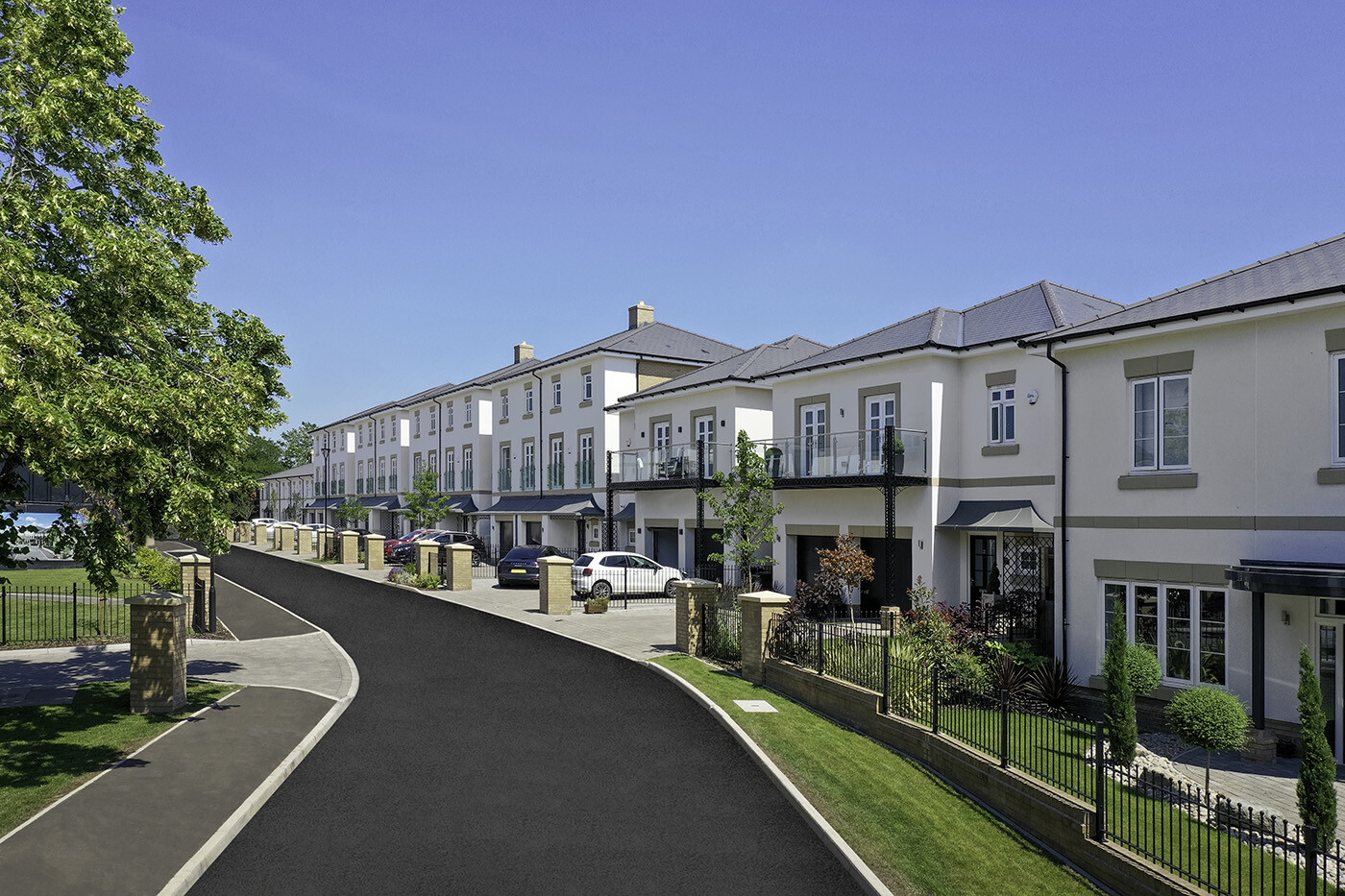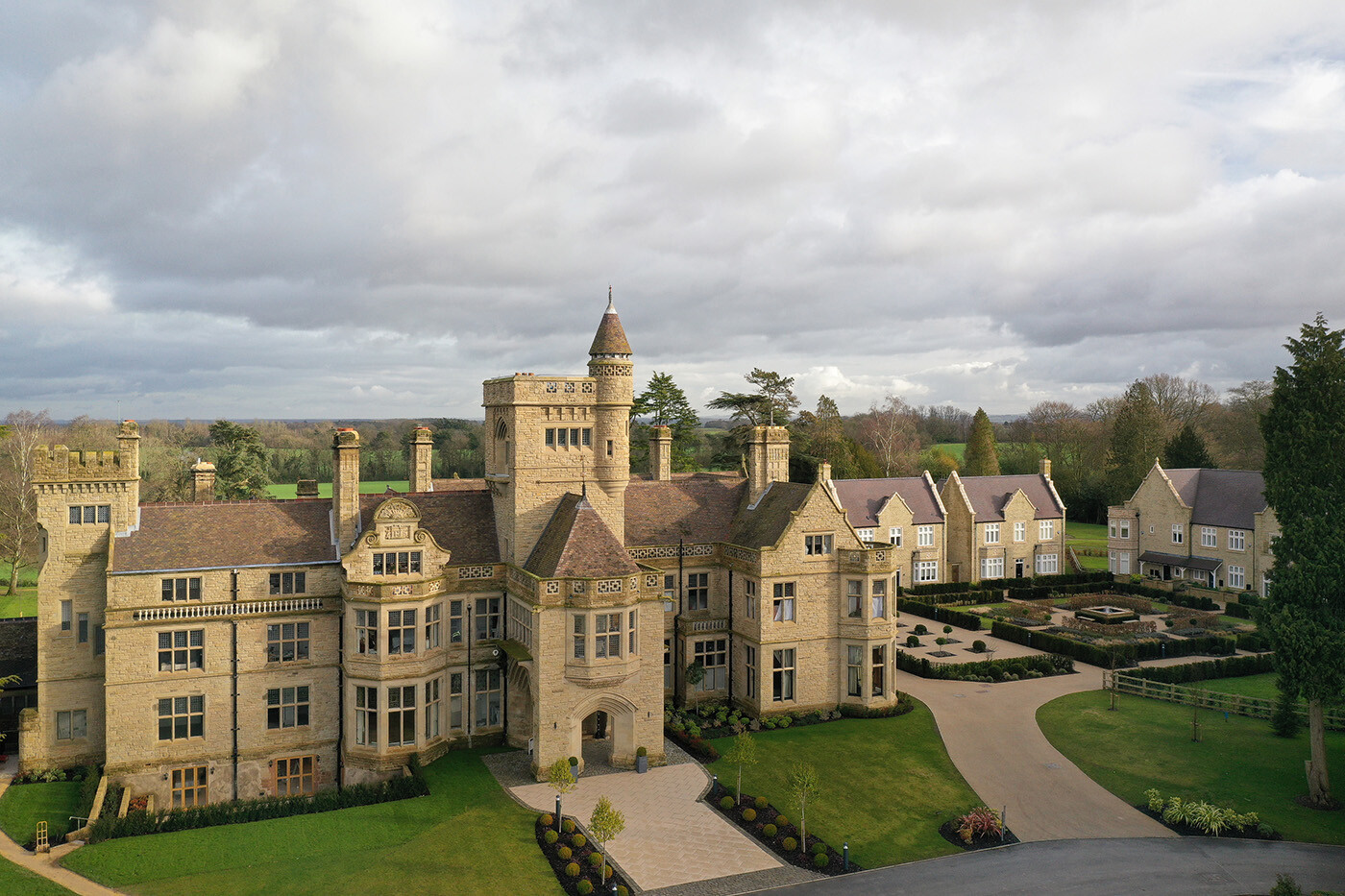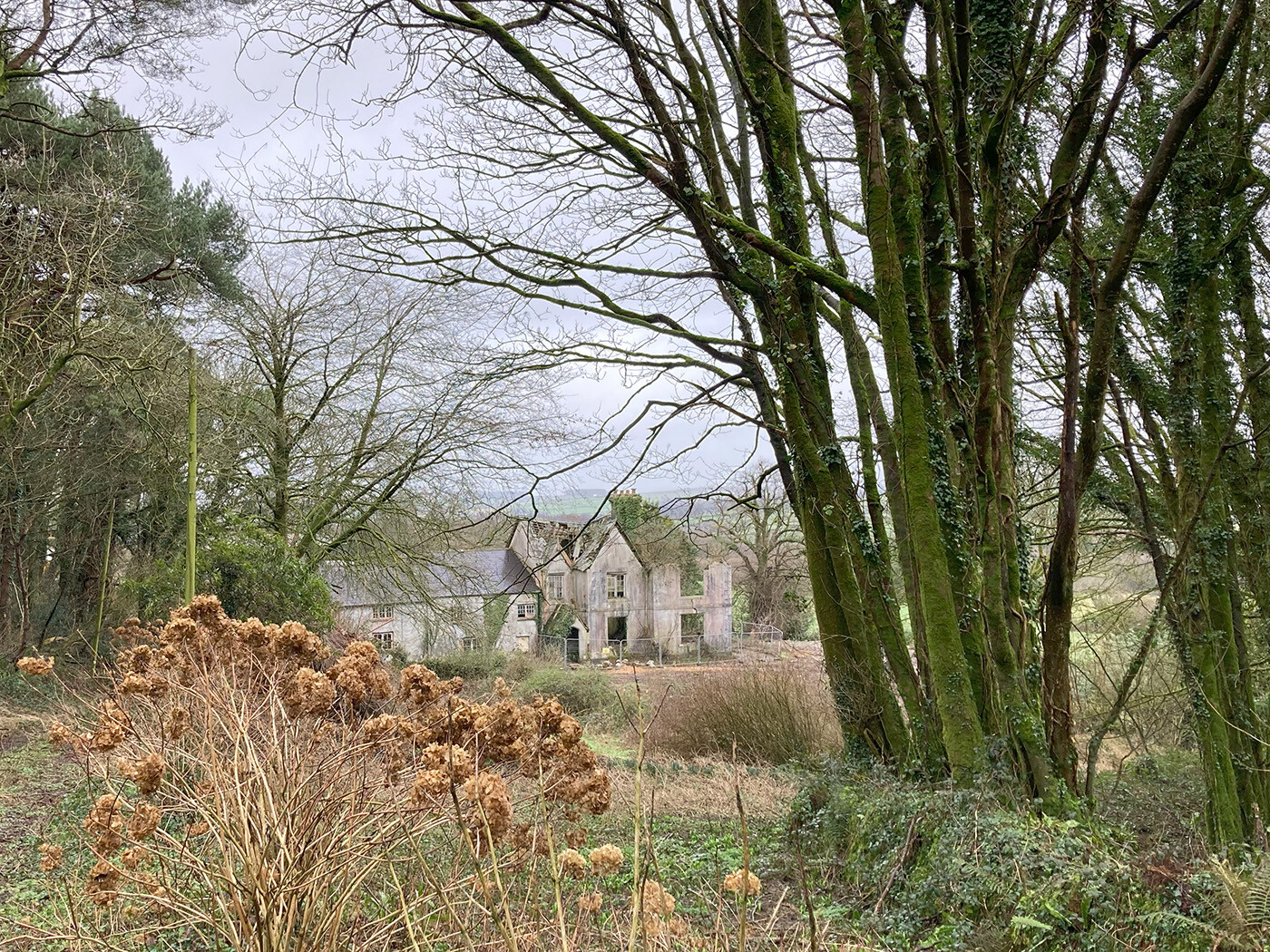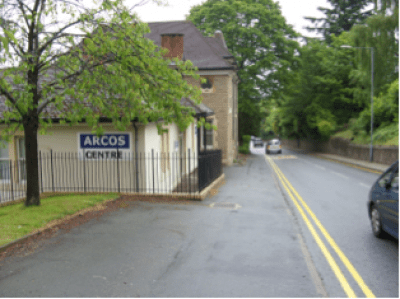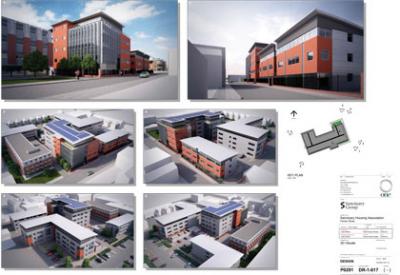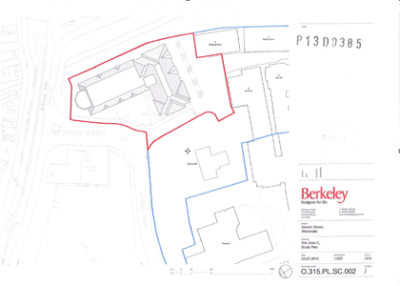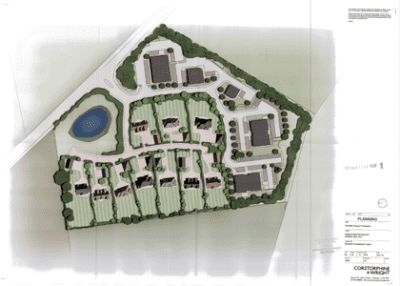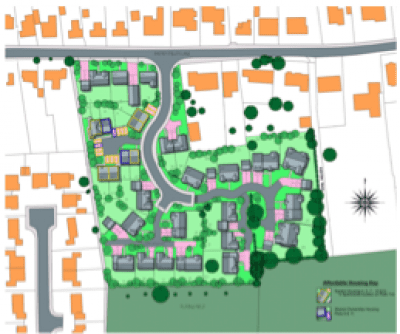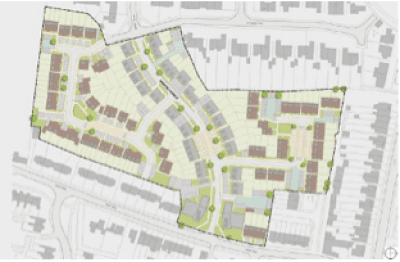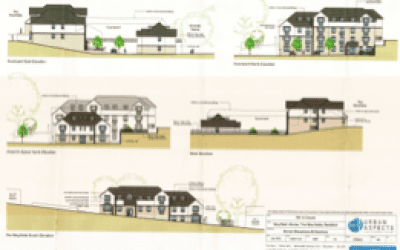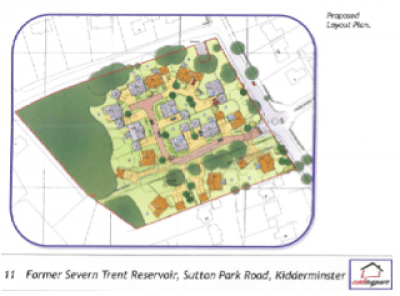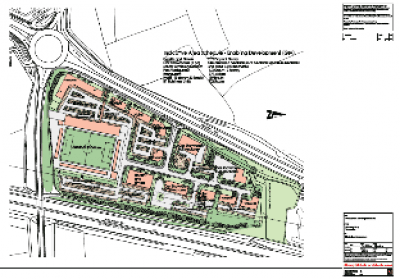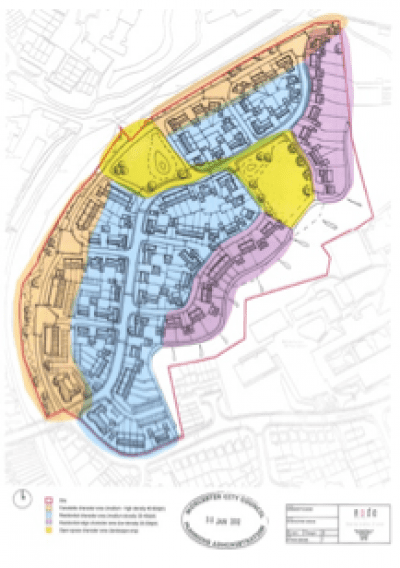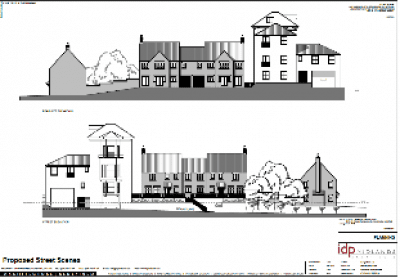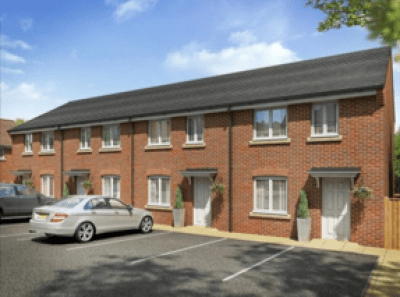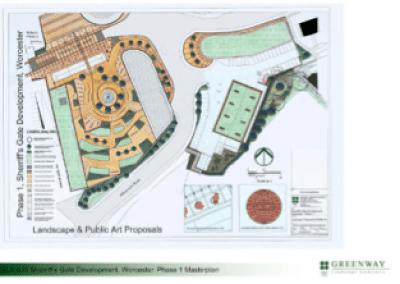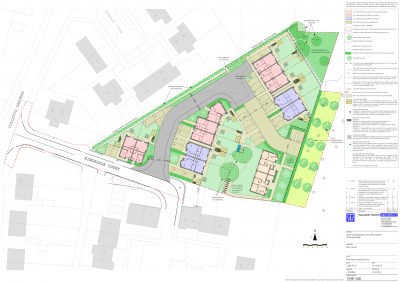Services we provide at RCA
About
Services
RCA are one of the leading consultancies offering FVA work to both developers and planning authorities alike. Our clear, ‘no nonsense’ approach has allowed agreement to be reached quickly on developments that have viability problems. We have successfully negotiated agreements on planning gain/S106 contributions, affordable housing, housing mix, green infrastructure, Vacant Building Credit (VBC) and Community Infrastructure Levy (CIL) relief for many different clients, all resulting in implementable schemes.
The financial and viability appraisal of schemes is integral to the development process and is becoming increasingly important in the planning process. Developers, in particular, require their consultants to understand the impact of changes in cost and value parameters upon the viability of schemes. Our extensive experience of development appraisals, coupled with our current market knowledge, puts us in an ideal position not only to understand but also to address and advise upon issues of development viability.
Most local planning authorities will require a financial appraisal of any development schemes that do not comply with local planning policy either in terms of the provision of affordable housing or other planning obligations (under Section 106). In addition, many local planning authorities are now looking at the funding of elements of strategic infrastructure through the implementation of Community Infrastructure Levy (CIL). Therefore, the importance of understanding the full breadth of potential planning obligations and the impact of these upon development viability is critical to both developers and local planning authorities.
Working with RCA on Development and Viability Appraisals
We have an extensive track record in all areas of viability assessments, working on behalf of both developers and local authorities. We are Chartered Surveyors as well as Chartered Town Planners so we not only advise on the commercial viability of proposals but we are also able to demonstrate this through the production of qualified development appraisals that include detailed cost and value information.
For local authorities, this means that we can test development proposals to ensure that we can derive the greatest level of development obligations whilst at the same time ensuring the deliverability of those proposals.
For developers, we can present viability arguments to a local authority that demonstrate the level of planning obligations (including affordable housing) that can be supported by a proposal. Where negotiation on the extent of planning obligations is required, we believe that an ‘open book’ approach is the most effective at achieving a resolution. In both cases, we are prepared to represent our client at public inquiries in an expert witness capacity and we have sufficient professional indemnity cover to provide this service.
If you need balanced and robust advice, we are well-placed to offer you the benefit of our experience in dealing with planning gain issues at all stages of the process.
The successful development of a site depends upon the selection of the correct option in the first instance. Options appraisals provide an opportunity to undertake a health-check on the viability of a range of proposals, hopefully leading to the selection of a preferred option. On some occasions, this can even lead to the conclusion that the only option is to leave the site undeveloped, at least until economic conditions improve or until a source of funding becomes available.
Viability
The viability of options also depends upon what will be acceptable in planning terms and in this regard, by providing planning advice, we can offer a comprehensive approach to options appraisal.
View ProjectsUtilising leading software tools, we are able to run market assessments anywhere in the UK, allowing you to gain a swift understanding of market performance in the areas you are interested in. These can be undertaken quickly, often to inform a site purchase, so we will work to your timescales. We of course add in our own intelligence and build up a reliable picture of demand for an area.
View ProjectsWe are Registered Valuers and can undertake a wide range of formal valuation work, including previously developed sites, sites affected by heritage assets and mixed-use schemes. We have a wide client base where we provide regular valuation and re-valuation services, particularly to Registered Providers at a cost-effective rate.
Our team responds quickly to your requests and our valuation reports are, we think, the best in the business because of the level of care and attention to detail we include. As a practice, we are regulated by the Royal Institution of Chartered Surveyors (RICS), giving you confidence that our valuations are conducted to the highest standards and are undertaken with absolute integrity.
View ProjectsWhilst grant funding can be thin on the ground, we have huge experience in supporting clients in making grant funding applications for gap funding, matched funding and development funding for a whole range of projects. These include securing grant for remediation work, the conversion of heritage assets and for upfront infrastructure costs – without which those developments would have stalled.
At a time when value for money must be demonstrated, we have become leading experts in making a case for grant funding on behalf of our clients, and we will do all of the hard work for you in seeking what you need to make your scheme work, if there is an opportunity to do so.
View ProjectsMany of our main clients are Registered Providers and we frequently provide a multi-skilled team to support projects requiring both planning and development viability advice. This includes evidence gathering for affordable housing need, supporting and project managing planning applications and ensuring schemes are viable.
View ProjectsThis is a complex area where poor advice can cost you dearly. We have plenty of experience in advising a wide range of clients on their options when it comes to securing VBC or CIL relief when dealing with small projects such as self-build, right up to large-scale, complex, brownfield developments with elements of demolition. Getting advice early is key, and certainly before anything is demolished, so please get in touch if you need an initial view as to how we can help to save you money on a project.
View Projects


